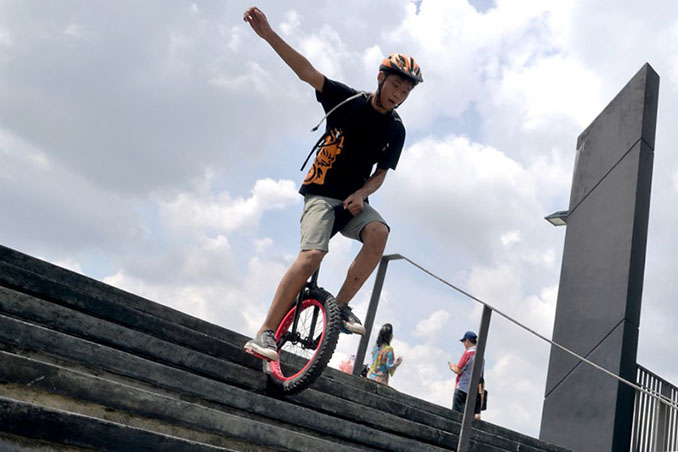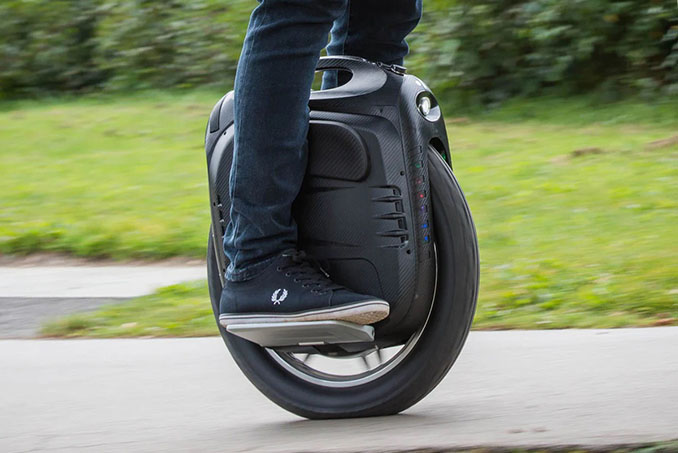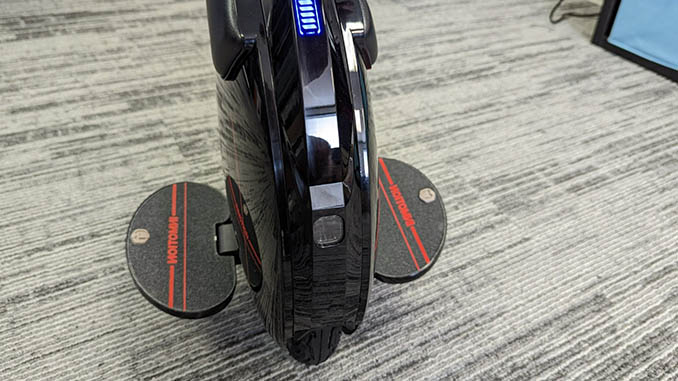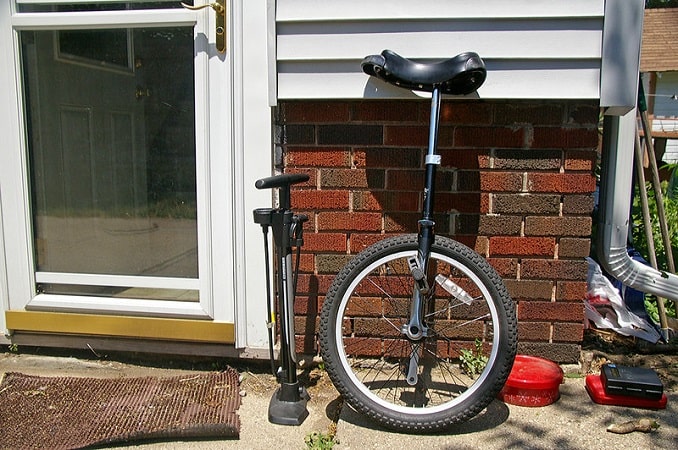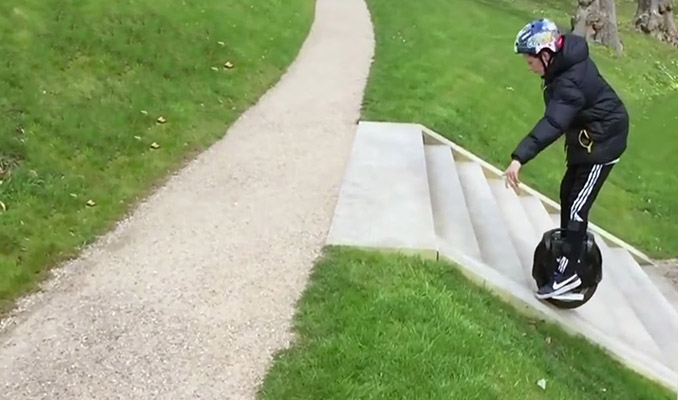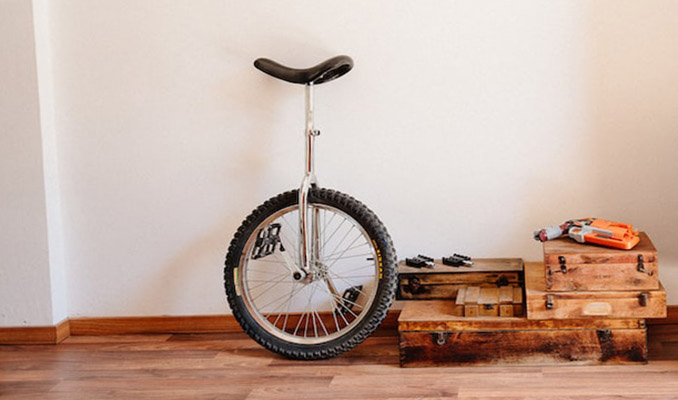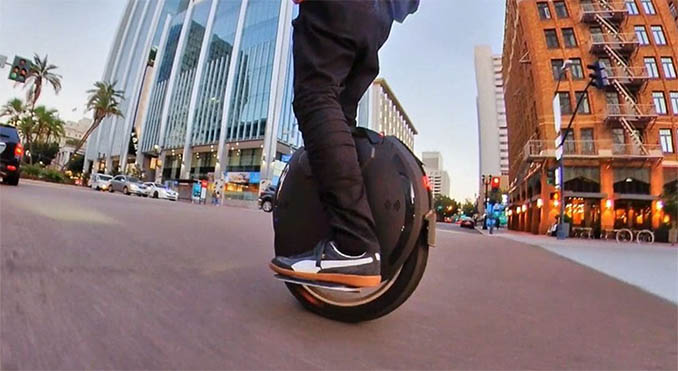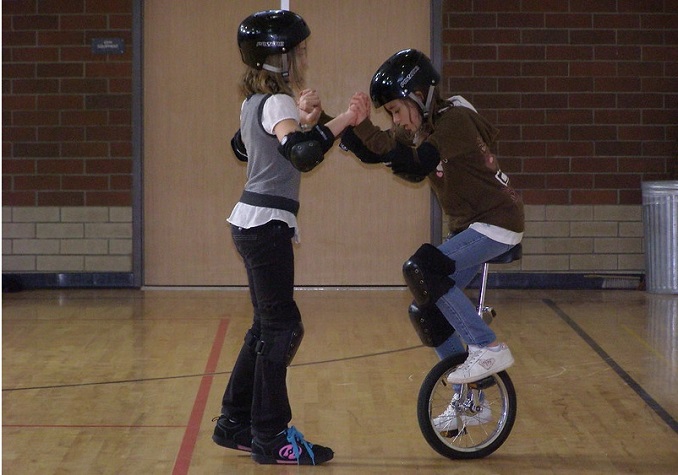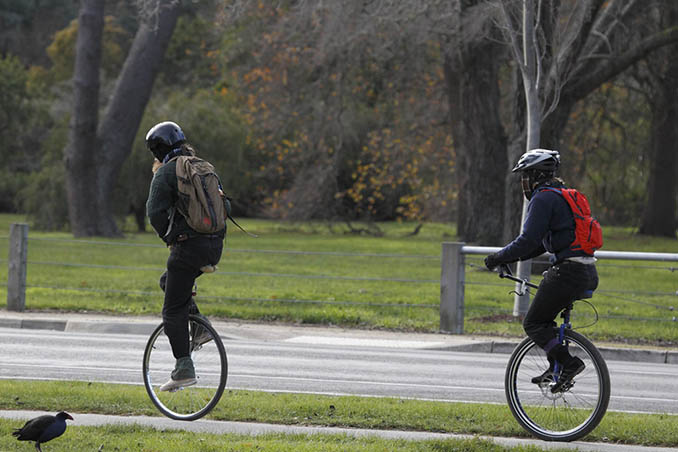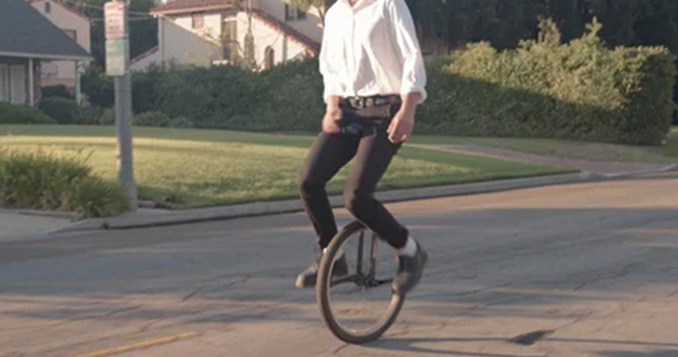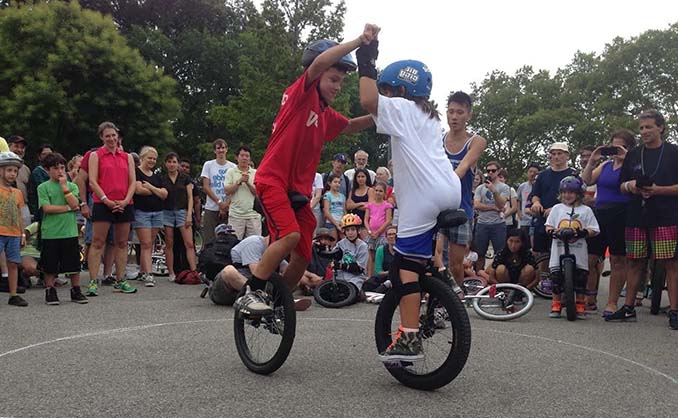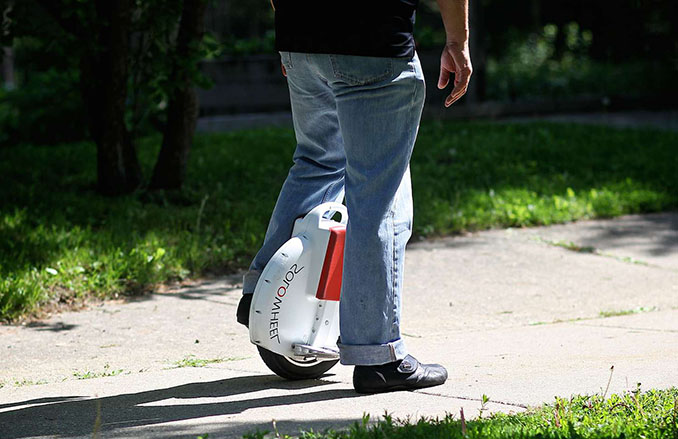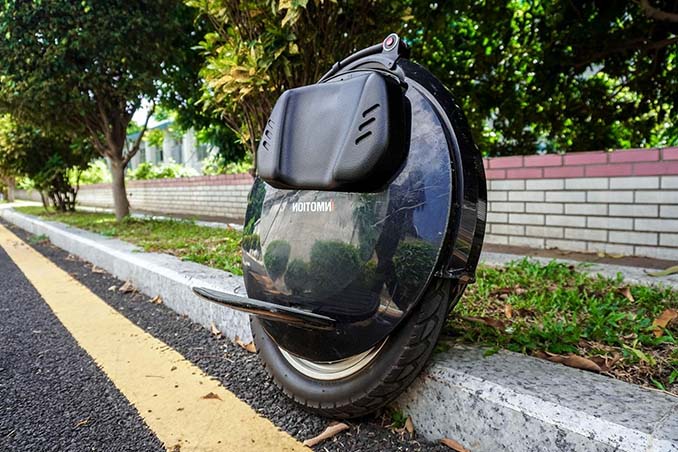Are you looking to add a new and exciting skill to your repertoire? Do you crave the thrill of mastering a challenging physical activity? Then it’s time to learn how to balance on a unicycle.
Not only is it a fun and unique way to exercise, but it also provides a sense of accomplishment and is a great conversation starter. But let’s be real – balancing on one wheel can seem like an impossible feat at first.
Fear not, because in this blog post, we’ll break down the process of learning to balance on a unicycle step by step, with tips and tricks for beginners and advanced riders alike. So get ready to challenge yourself, push your limits, and learn a new skill that will impress everyone around you. Let’s get started!
Understanding Balance
Before we begin, it’s important to understand the concept of balance and how it applies to unicycling. Balance is the ability to maintain a stable center of gravity, which is essential for staying upright on a unicycle.
Unicycling is a physics-based activity, meaning that the rider’s movements directly affect the balance of the unicycle. By shifting your weight and adjusting your body position, you can control the balance of the unicycle and maintain stability while riding.
How to Balance on a Unicycle
To balance on a unicycle, you need to have good posture, a stable center of gravity, and precise control over your movements. Start by practicing basic balance exercises, such as standing still and rolling forward and backward. Once you’ve mastered these skills, move on to more advanced techniques, like riding with one foot or performing tricks.
Related:
- Looking to perfect your unicycle spin? Check out these helpful tips!
- Master the art of riding a unicycle backwards with this step-by-step guide.
Remember that balance on a unicycle takes time and practice. With persistence and dedication, you’ll be able to ride your unicycle with confidence and control. To balance on a unicycle, follow these steps:
Step 1: Choosing the Right Equipment
Before you can start learning to balance on a unicycle, it’s important to make sure you have the right equipment. First and foremost, you’ll need a unicycle.
There are several types of unicycles available, but for beginners, a standard 20″ unicycle is a good choice. You may also want to consider a unicycle with a larger wheel size if you plan to ride longer distances.
In addition to the unicycle, you’ll also need safety gear. This includes a helmet, knee pads, elbow pads, and wrist guards. While it’s possible to ride without safety gear, it’s not worth the risk. Falling off a unicycle can be dangerous, and wearing safety gear can help protect you from injuries.
Step 2: Mounting the Unicycle
Mounting the unicycle is the first step in learning to balance on a unicycle. There are two basic ways to mount a unicycle: the static mount and the rolling mount.
The static mount involves mounting the unicycle while it’s stationary. Begin by positioning the unicycle perpendicular to a wall, fence, or another sturdy object that can be used for support if necessary. Place one foot on the pedal that’s at the bottom of the wheel.
With your other foot, lift yourself up onto the seat of the unicycle. Use your foot that’s on the pedal to push off the ground and start pedaling. As you start pedaling, bring your other foot up onto the other pedal.
The rolling mount is a more advanced technique that involves mounting the unicycle while it’s already in motion. Start walking with the unicycle beside you, holding onto the seat with one hand and the tire with the other hand.
Step onto the pedal that’s at the bottom of the wheel while the unicycle is still moving. Quickly swing your other foot over the seat and onto the other pedal. Start pedaling as soon as your foot is on the pedal.
Remember, mounting a unicycle takes practice, and you may need to try several times before you get the hang of it. If you’re having trouble, try starting with your dominant foot on the pedal and using a wall or a friend for support.
Step 3: Basic Balance Exercises
Using your arms for balance is one of the most basic techniques for maintaining balance while riding a unicycle. But there are also several other basic exercises you can try to improve your balance:
- Practice riding in a straight line: Start by trying to ride in a straight line for as long as possible, without swerving or wobbling. Focus on keeping your upper body still and your eyes forward, and use your arms to make small adjustments as needed.
- Ride in circles: Another basic exercise is riding in circles. Start by riding around a small area, gradually increasing the size of the circle as you gain confidence. This can help you learn to maintain balance while turning.
- Ride with one hand: Once you’ve mastered riding with both hands on the handlebars, try riding with just one hand. This will challenge your balance and help you develop more control over your movements.
Remember to start slowly and work your way up to more difficult exercises. Practice these exercises regularly to improve your skills and become more confident on the unicycle.
Step 4: Advanced Balance Techniques
When you feel confident in your ability to maintain balance while riding a unicycle through basic balance exercises, it’s time to progress to more challenging techniques.
These techniques require more focus and control, but can help you become an even more skilled unicycle rider:
- The Stillstand: The stillstand is a technique that involves coming to a complete stop on the unicycle, without touching the ground. This requires a lot of balance and control and can be quite challenging to master. Start by practicing in a doorway or against a wall, using your arms for balance as needed.
- The Seat Drag: Seat drag is another advanced technique that involves dragging the seat along the ground while riding the unicycle. Achieving this skill requires a significant amount of balance and control, and it may prove challenging to initially master. Start by practicing on a smooth, flat surface, and focus on keeping your upper body still while you drag the seat.
- Riding backwards: Once you’re comfortable riding forwards, try riding backwards. This will challenge your balance in new ways and can help you become a more well-rounded unicycle rider.
Remember, mastering these advanced balance techniques takes time and practice. If you’re unable to grasp the skill quickly, don’t be discouraged, but instead, stay persistent and keep practicing.
Step 5: Tips for Staying Balanced on a Unicycle
Here are some additional tips to help you stay balanced while riding a unicycle:
- Keep your body still: Focus on keeping your body still while riding the unicycle. Any sudden movements can throw off your balance and cause you to fall.
- Look forward: Keep your eyes focused on where you’re going, rather than looking down at the pedals or the ground. This will help you maintain balance and stay on course.
- Use your arms for balance: Your arms can be a useful tool for maintaining balance. You can use these techniques to make minor corrections whenever necessary, but avoid becoming too dependent on them.
- Relax: Tension in your body can make it harder to balance on a unicycle. Try to stay relaxed and maintain a steady breathing rhythm.
- Practice, practice, practice: The key to mastering unicycle balance is practice. The more time you invest in unicycling, the more your skills will improve. Don’t get discouraged if you fall or have trouble at first – keep at it and you’ll get there!

Focus on keeping your body
Common Mistakes and How to Avoid Them
Learning to balance on a unicycle can be challenging, and it’s common to make mistakes along the way. One of the most common mistakes is leaning too far forward or backward, which can cause you to lose balance and fall off the unicycle. To avoid this, focus on maintaining a consistent center of gravity and shifting your weight gradually.
Another common mistake is not pedaling smoothly, which can cause the unicycle to wobble and make it difficult to maintain balance. To avoid this, practice pedaling with a steady, even motion. Focus on using your legs to power the unicycle and maintain a consistent speed.
Another mistake is not looking ahead, which can cause you to lose focus and lose balance. To avoid this, keep your eyes focused on a point in the distance and maintain a clear line of sight. Avoid looking down at the pedals or the ground, as this can disrupt your balance and cause you to lose focus.
Finally, it’s important to avoid becoming discouraged or giving up too soon. Learning to balance on a unicycle takes time and practice, and it’s normal to fall off or struggle at first. Keep practicing and stay positive, and you’ll soon find that unicycling becomes easier and more enjoyable over time.
Conclusion
Balancing on a unicycle is a challenging and rewarding activity that requires patience, practice, and determination. By understanding the physics of unicycling and practicing proper technique, you can develop the balance and coordination needed to ride a unicycle with confidence.
Whether you’re looking to improve your fitness, develop a new skill, or simply enjoy a fun and unique activity, unicycling is a great option that’s sure to challenge and inspire you. So what are you waiting for? Grab your unicycle and start balancing today!




